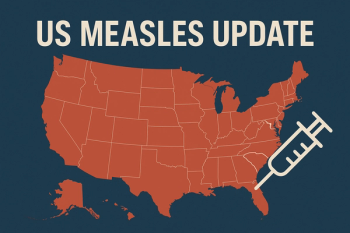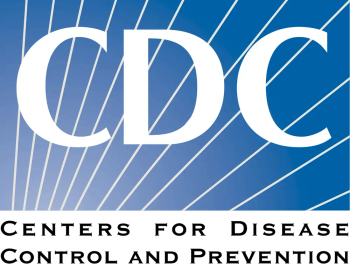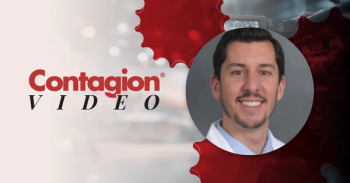A recent policy analysis published in PLOS Global Public Health suggests that current communication strategies about antimicrobial use (AMU) in food-producing animals often fail to employ framing techniques that resonate with key stakeholders, particularly farmers and producers, potentially weakening support for critical antimicrobial resistance (AMR) measures. The study offers not only a novel framework for evaluating AMR policy language but also a call to reframe the narrative in ways that are grounded, inclusive, and actionable across disciplines and regions.
The study, led by Carly Ching, PhD, a research scientist at Boston University, analyzed policy documents issued by international organizations, including the Food and Agriculture Organization (FAO) and the World Organization for Animal Health (WOAH). Using a combination of inductive and deductive coding, the research team examined how the risks of AMR and rationales for reducing AMU in agriculture were framed across institutional texts.
The most frequently used motivational frame overall was “human health,” making up 20.9% of all frames identified. This was followed by “animal health and welfare” at 18.2% and “food production and security” at 14.5%. Notably, frames appealing to self-interest, those that might directly motivate behavior change among farmers or agricultural workers, were rarely present.
“Pushback from industry stakeholders continues to hinder progress on antimicrobial resistance policies in livestock,” Ching said in our email interview. “Framing and language choices are critical tools to build political legitimacy and end-user support.”
When asked how self-interest framing could be responsibly applied in public health communications, Ching explained, “Public health communicators can operationalize self-interest framing by emphasizing direct benefits to the target audience that align with scientific evidence. Sharing personal stories from other producers who have successfully reduced antimicrobial use can also help build trust and relevance. As such, cocreation with farmers, producers, veterinarians, and other stakeholders is important to improve resonance and accuracy. Importantly, farmers are also part of the wider community and thus act with overlapping agency, so connecting individual benefits to broader core public health outcomes can bolster messaging.”
The analysis also uncovered notable institutional differences in framing priorities. “We analyzed documents published by the Quadripartite Joint Secretariat on AMR. In reviewing documents from the FAO and WOAH, we found each organization focused on different priorities,” Ching said. “FAO emphasized ‘food production and security,’ while WOAH focused more on ‘animal health and welfare’ and rarely used the food-related frame. This makes sense to some degree, as it aligns with their respective missions.”
What You Need To Know
Human health is the dominant frame in AMR policies (20.9%), while self-interest appeals to farmers are rarely used.
FAO and WOAH differ in emphasis, favoring food security and animal welfare, respectively, but both underutilize multi-motivational framing.
Inclusive, context-specific language and co-designed messaging could improve trust and policy adoption in agricultural sectors.
However, the team noted that a dominant use of one animal-related frame often came at the expense of others. “Across all documents, we noticed that when one of these animal-specific frames was used more, the other was used less. Interestingly, both organizations also frequently used the collective ‘human health’ frame more than a second animal-specific one. This suggests a tendency to focus on one main animal-related reason for addressing antimicrobial resistance rather than balancing multiple motivations.”
Ching also discussed the importance of cultural and sector-specific messaging. “In terms of sector or culturally tailored messaging, while human and animal health are connected in a One Health approach, the expectations are often different,” she noted. “In agriculture and farming, there is a push to be voluntarily better than standard practices, while in human health care, clinical guidelines pertaining to antimicrobial use are standard. Therefore, calling normal farm practices ‘misuse’ can confuse or upset farmers, since these are common in their context. Farming norms can also vary by country. To build trust and cooperation, it’s important to use inclusive, nonblaming language that respects different practices and avoids implying one region has superior practices.”
The study concludes with practical recommendations aimed at refining AMR policy communication strategies: increasing the use of self-interest frames, making messaging more accessible, and explicitly addressing underlying assumptions that may not align with agricultural realities.
When asked how these findings could shape future AMR action plans under the One Health framework, Ching emphasized, “From our findings, we recommend creating messages that are more personally relevant to the end user, using clear language, and choosing frames that support global interests and cooperation. Although our focus was on reducing indiscriminate antibiotic use in food-producing animals, we found that One Health messaging still leans heavily toward human health, with less attention to the other sectors, including the environment. Thus, a conscious effort still needs to be made to present and uphold an integrated perspective of all One Health domains. Finally, these recommendations should be adapted to local contexts with input from key stakeholder groups, including end users.”
Reference
Ching C, Zaman MH, Wirtz VJ. Policy discourse on AMR in food-producing animals: examining framing and language for effective communication. JAC Antimicrob Resist. 2025;7(4):dlaf113. doi:10.1093/jacamr/dlaf113






















































































































































































































































































